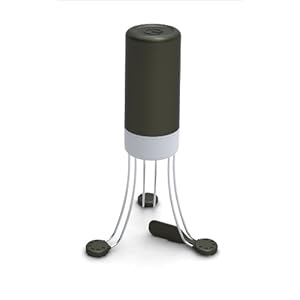 We are in a deep freeze up here in Connecticut. The temperature has barely peaked above freezing since New Year's, and we've been inundated with snow. More than a foot fell about two weeks ago, and it's still here, plus another three or four inches. They're predicting six to 10 more today.
We are in a deep freeze up here in Connecticut. The temperature has barely peaked above freezing since New Year's, and we've been inundated with snow. More than a foot fell about two weeks ago, and it's still here, plus another three or four inches. They're predicting six to 10 more today.For all you global warming deniers, sadly no (FYI, this newspaper is the most conservative in Britain). In fact, colder, snowier winters in places like New England and the UK are in line with global warming scenarios.
So how to liven the spirits in the midst of whiteout? How about a blast of citrus! Lemons and key limes evoke swaying palm trees, balmy temperatures, sunglasses and bikinis on the beach.
With this in mind, I made a key lime and a lemon meringue pie in the last week. A bag of key limes was just $1.99 in the supermarket. It took the entire bag to get the required 1/3rd of a cup of juice. I had to resqueeze the entire lot coaxing out every last drop.
The result was excellent, although I over-whipped the meringue. Unfortunately, I didn't take a picture.
Pictured above is my attempt at lemon meringue pie, the first I've ever made. Not as good. I used a regular pie crust and in spite of weighing it down with beans, it lifted off the pie plate during the pre-bake. The crust was okay, but turned stale quickly. I'd do a graham cracker next time.
Both recipes were from Mark Bittman's "How to Cook Everything," but formulas for both pies are pretty standard and any good food website will have them.
For both pies, I was confounded as to what qualifies as "stiff" or "nearly stiff" egg whites. Both times I went too far.
This video answered my questions. Should have watched before I whipped. Duh!










